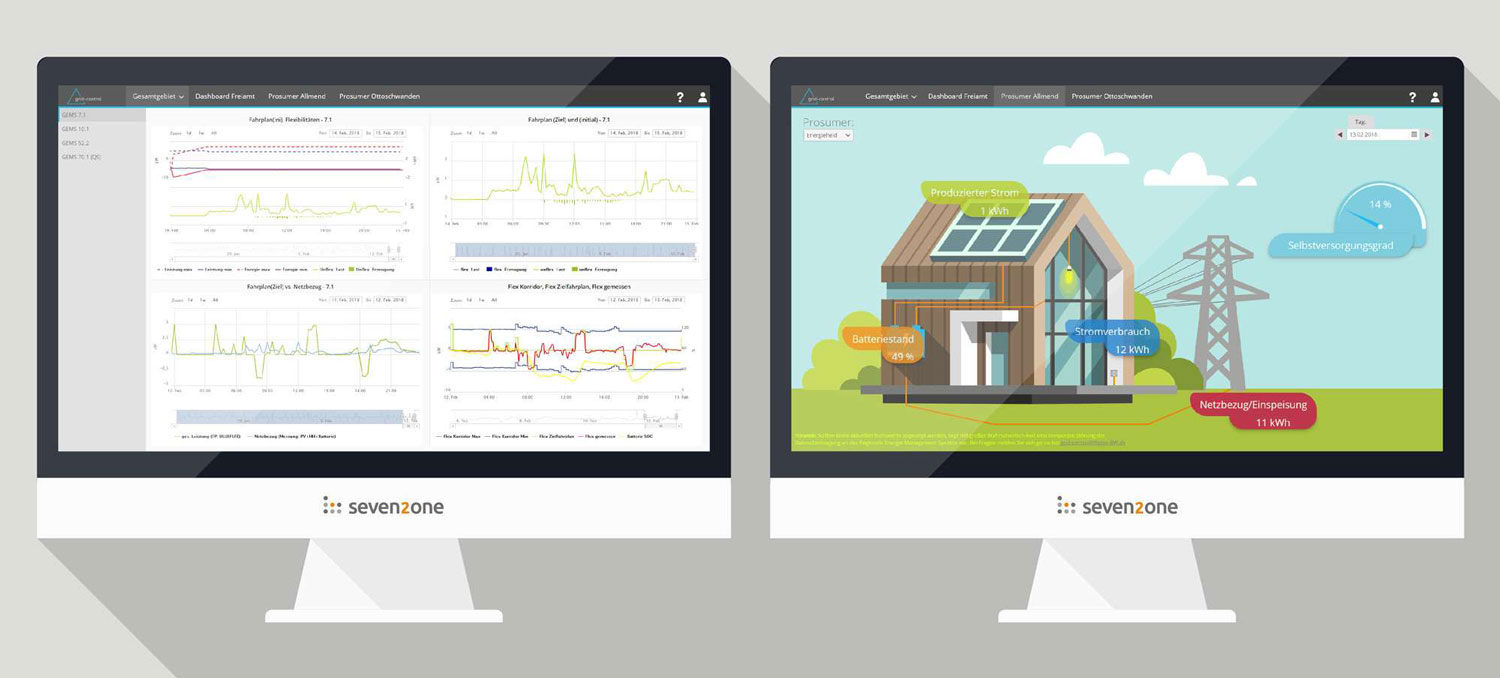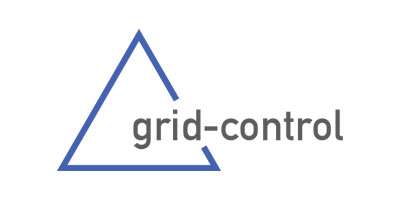Smart grid management – a vision for the future
The situation
Germany’s power grid reaches its capacity limits on a regular basis, such as when more power is produced than consumed on sunny or windy days in some regions. Consumers such as electric vehicles and battery storage units can also cause the grid to reach its load limits. This makes it necessary to expand the grid, which would be very expensive – even though the grid will only be used to capacity for a few hours annually.
The project
Netze BW GmbH has initiated the grid-control research project with the goal of preventing unnecessary expansion costs and curtailment of electric power input into the grid. The goal was a smart overall concept for distribution grids. To ensure that this vision moves beyond the drawing board, the Federal Ministry for Economic Affairs and Energy has provided funding to support it. Nine partners from the worlds of research and business came together to help make it a reality. We were one of them.
Our contribution
We developed a grid load management system (GLMS) for the project. The idea behind it is an eye-catching traffic light system that indicates capacity utilisation to stakeholders in due time. For the GLMS, we built a smart platform for distribution grid operators to use. This platform shows grid traffic light signals, release quotas and opportunity zones that are are calculated regionally and shared with the corresponding market participants. In this way they can appropriately respond to the traffic-light phases, shifting loads when the light is yellow or marketing flexibilities when the light is green. Sounds pretty simple? It actually is!
The practical test
After development was complete, things once again got exciting: the system had to prove itself in practice in a field test in Freiamt, Baden. For the test, the photovoltaic systems of a total of 30 private households and farms were equipped with new control technology. Battery storage units were also installed in addition to building energy management systems. A central battery storage unit with 120 kWh capacity, an adjustable local grid transformer and charging stations for electric vehicles were also used.
Project facts
Project duration:
3 years
Project completion:
2018
Project results
Field test completed
All Seven2one components worked well together
A crucial contribution was made to the future viability of the distribution grids


